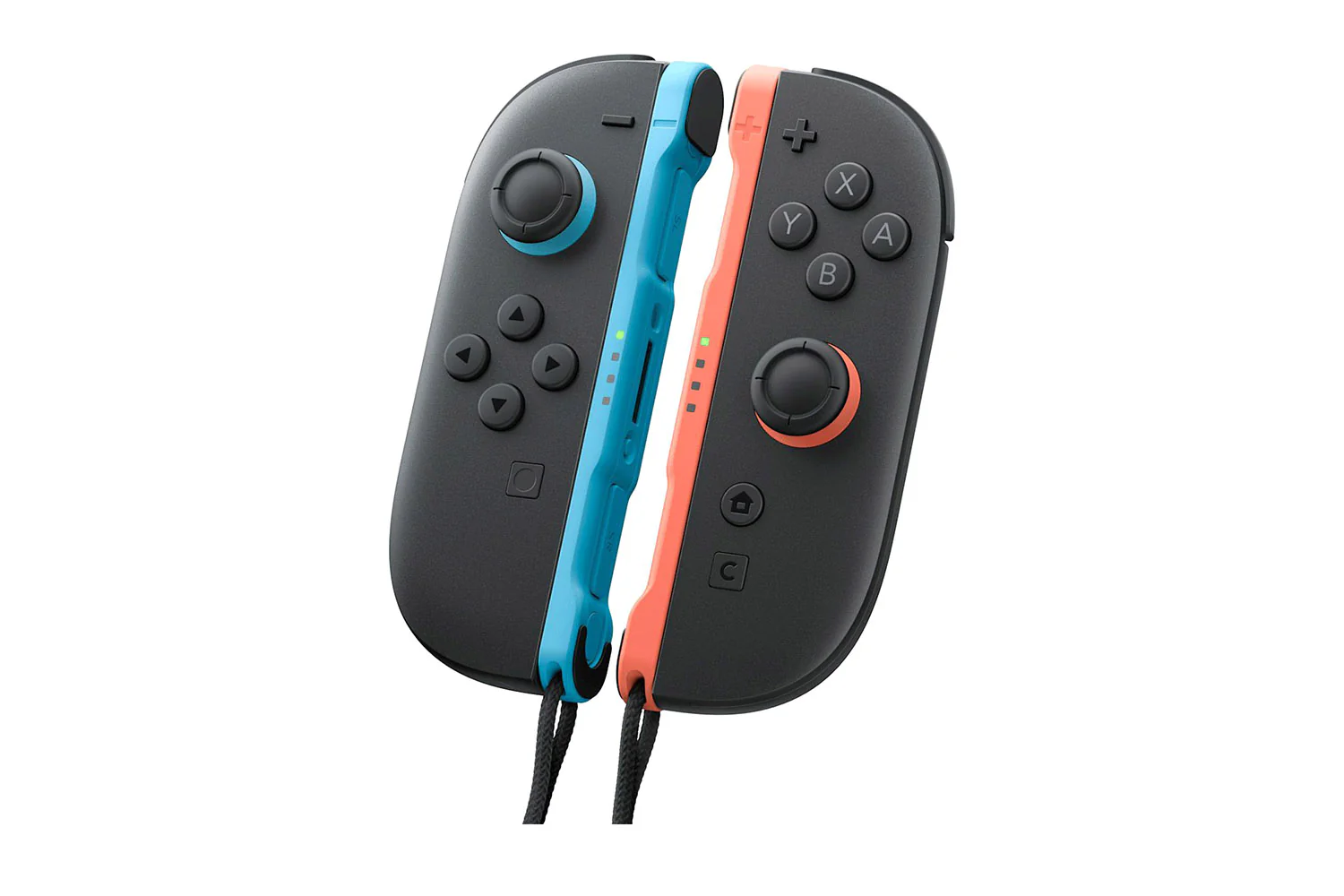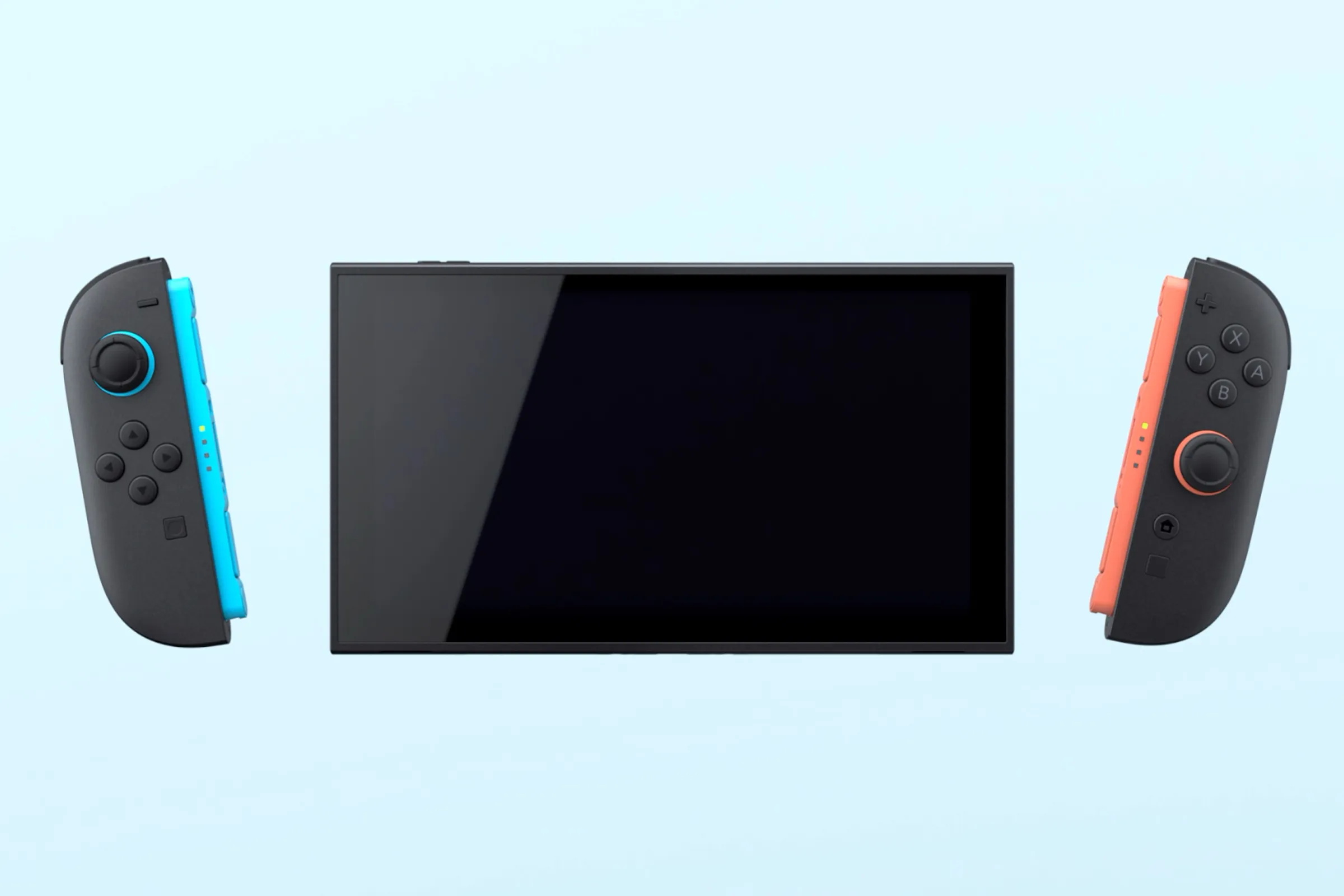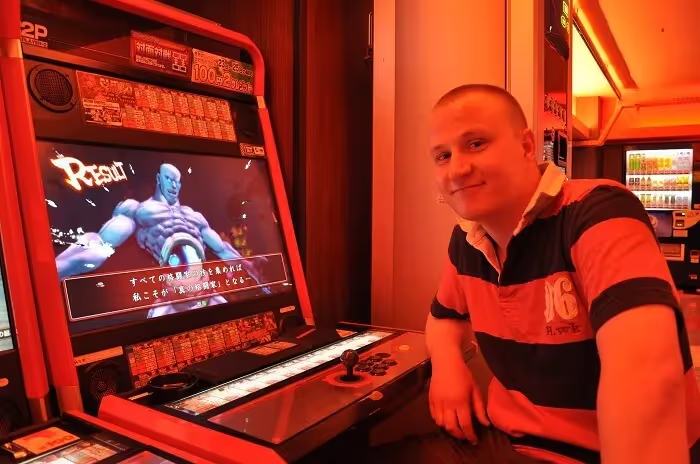Is Your Switch 2 Secretly Killing Your Joy-Cons? What Nintendo Doesn't Want You To Know
You've probably seen the headlines. The whispers on forums. The unboxing videos where someone's face lights up at the sight of Nintendo's latest console. The Switch 2 has been here for under a month, and it's certainly shiny, promising improved graphics and a host of new experiences. But for many, the arrival of new Nintendo hardware also brings a familiar pang of anxiety, particularly when it comes to those detachable Joy-Cons.
Because, let's be honest, we've been down this road before. The original Switch's Joy-Con drift saga was less a hiccup and more a full-blown hardware epidemic. If you've been following our ongoing discussions about Nintendo's next console, you'll know we've already explored 7 Reasons Why the Switch 2 Simply Isn't as Good as the Nintendo Switch. Now, as more information emerges post-launch, the burning question remains: has Nintendo truly addressed the Achilles' heel of their portable powerhouse? The early signs, sadly, suggest otherwise.
History Repeats: The Drifting Problem Persists
Remember the collective sigh of resignation every time your character started wandering aimlessly on screen, or your camera spun wildly out of control? That was Joy-Con drift, a manufacturing flaw that plagued millions of original Switch owners; indeed, a 2022 report from UK consumer watchdog Which? found that two in five (40%) of original Switch Joy-Cons were affected. We all hoped, perhaps naively, that Nintendo would have learned its lesson and engineered a robust solution for the Switch 2.
However, teardowns from reputable sources like iFixit and TronicsFix, released just last month, offer a rather sobering perspective. According to iFixit's findings from a Joy-Con 2 teardown on YouTube, and a more detailed dive into the workings of the hardware show that this isn't just a casual observation, but a continued reliance on potentiometer-based sensors, the very technology susceptible to wear and tear that leads to drift.

Steve Porter of TronicsFix, another respected voice in console repair, echoed this sentiment in his own teardown video, stating, "Honestly, I'm not impressed with this redesign." This isn't a minor cosmetic quibble; it's a concern from experts who see these components day in and day out. As PCMag highlighted, referencing both iFixit and TronicsFix, "Joy-Con Drift Will Probably Still Be a Problem on Nintendo's Switch 2."
The implication is clear: the underlying susceptibility to drift remains, even as the console rolls out to eager fans this summer.
Magnetic Connections and Unintended Consequences
Beyond the internal mechanics of the sticks themselves, the new magnetic connectors on the Joy-Cons have also introduced their own set of curiosities. On the surface, the idea of a smooth, satisfying magnetic snap instead of the older, sometimes flimsy rails seems like a clear upgrade. And in many ways, it is.
However, as initial reports and feedback from accessory manufacturers continue to trickle in, it's becoming apparent that this new magnetic system isn't without its quirks. Some users, particularly those opting for certain third-party grips, have noted that the magnetic hold can be susceptible to interference, potentially leading to unintended disconnections mid-game. It’s a classic case of an innovative solution introducing a different set of challenges. While not directly "killing" the Joy-Cons, it can certainly impact the seamless gaming experience we expect.
A Pattern of Prioritising Elsewheres
It feels like a familiar narrative for Nintendo. The company often excels at pushing boundaries with unique concepts and first-party software that captures pure joy. Yet, when it comes to iterative hardware improvements or addressing known reliability issues, their approach can feel... stubborn.
The Switch 2, with its undeniable graphical improvements and larger screen, certainly delivers on a conventional "next-gen" checklist. But if the fundamental user experience is still hampered by issues like Joy-Con drift, it raises questions about where Nintendo's priorities truly lie. Is the focus on raw power inadvertently overshadowing the need for basic, long-term hardware reliability?

For players, this means that while the Switch 2 offers a more powerful gateway to gaming, it may also come with the same old frustrations. The hope is always that a new console iteration learns from its predecessor's missteps. As we move further into the Switch 2's launch window, it appears we might be humming a very familiar, and slightly off-key, tune.
You can subscribe to Jump Chat Roll on your favourite podcast players including:
Let us know in the comments if you enjoyed this podcast, and if there are any topics you'd like to hear us tackle in future episodes!



